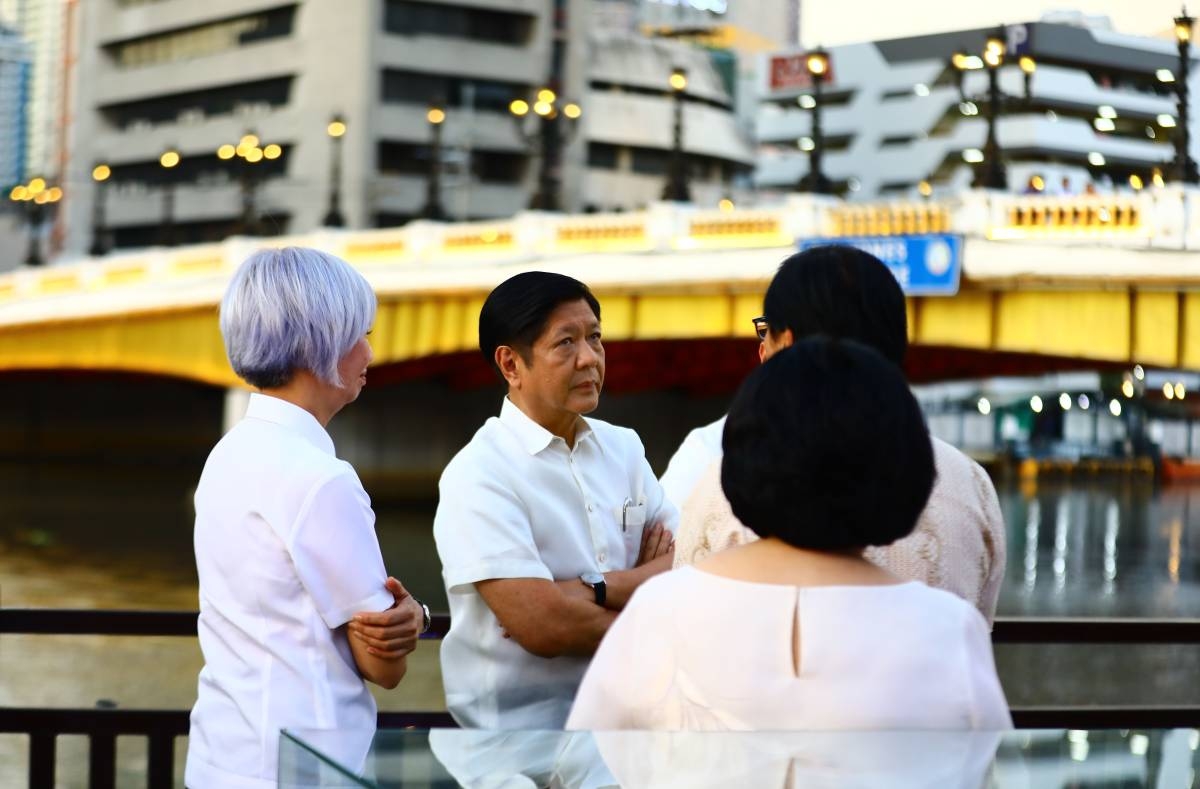MANILA, Philippines: President Ferdinand Marcos Jr. has directed the Department of Environment and Natural Resources (DENR), along with other relevant national agencies and local government units, to prioritize high-risk regions in the implementation of the National Adaptation Plan. This directive aims to raise awareness and promote climate adaptation measures, according to a statement from Malacañang on Thursday.
The President’s order was given during a meeting with various agency heads and representatives in Malacañang last Wednesday. The meeting discussed the key outcomes of the COP28 held in Dubai and presented the draft Nationally Determined Contribution Implementation Plan (NDCIP) 2023-2030 and the Philippine National Adaptation Plan (NAP) 2023-2050.
To ensure effective implementation, the Presidential Communications Office (PCO) has been instructed to conduct an aggressive information dissemination campaign. This campaign aims to raise public awareness about the adaptation plan and the risks posed by the changing climate.
President Marcos Jr. emphasized the magnitude of the task at hand, acknowledging that addressing climate change requires a comprehensive approach. He stated, “It’s a big, big (task). This covers three decades and the entire country. It’s a completely different situation when it comes to climate change. Anyway, I think that’s the approach that we should take. We have to try and work our way down through the system–the economic system–so that we can address the specific situations, the specific conditions (of each area).”
He further emphasized the importance of focusing on the specific needs of high-risk communities, stating, “The best that we can do is, number one, be very specific on what is necessary for the Philippines. If we take care of the Philippines, we can bet with confidence that we are doing our part. So, let us first take care of the Philippines, of what is good for us. So, the communities that are high risk, what do they need? Let’s focus on that.”
President Marcos Jr. also highlighted the crucial role of local government units (LGUs) in understanding and implementing the NDCIP and NAP. He emphasized the need for LGUs to effectively communicate these plans to ordinary people, ensuring a comprehensive understanding of how they relate to their own conditions and environments.
Meanwhile, DENR Secretary Antonia Yulo-Loyzaga reported that the agency has already initiated several bilateral projects focused on climate adaptation and resilience in LGUs. These projects include the ongoing $15-$16 million Strengthening Institutions and Empowering Localities Against Disasters and Climate Change in the Philippines (SHIELD) project, supported by the Australian government, and the US-funded Climate Resilient Cities project, which focuses on the metropolis.
In December of last year, the DENR and Climate Change Commission (CCC), in partnership with the Asian Development Bank (ADB) and the Government of the United Kingdom, organized a high-level panel discussion on the Philippines’ commitment to the NAP and NDCIP. This discussion served as a platform to mobilize financing for these national plans.
The National Adaptation Plan (NAP) aims to gradually reduce climate-related loss and damage while building the country’s adaptive capacity towards transformative adaptation, resilience, and sustainable economic development by 2050.
On the other hand, the NDCIP represents the Philippines’ commitment to the Paris Agreement. It aims to promote sustainable industrial development, eradicate poverty and provide basic needs, ensure social and climate justice, and achieve energy security.
In conclusion, President Marcos Jr.’s directive to focus on high-risk regions for climate adaptation demonstrates the government’s commitment to addressing the challenges posed by climate change. By prioritizing these regions and implementing the National Adaptation Plan, the Philippines aims to build resilience, reduce loss and damage, and promote sustainable development for the benefit of its people and the environment.
Source: The Manila Times








